If you’ve ever followed a craft drink recipe, then you’ve come across the mention of bitters. Bitters are one of the easiest ways to add complexity and flavor to a drink. Learn more about this powerful, versatile ingredient and how to use it in mocktails.

Some mocktail recipes call for a few drops of bitters, called a dash. But what does that mean? And what are bitters, exactly? And are they actually alcohol-free?
Bitters provide a finishing touch, adding complexity of flavor to many types of cocktails and mocktails. In a sense, bitters are to drinks what a sprinkle of flaky sea salt or seasoning is to food. A dash or two of bitters can help to balance and improve a mocktail.
What are bitters?

Bitters are an alcoholic flavoring agent made of aromatic plant extracts often used to flavor mocktails and drinks. They are made from a number of botanical ingredients such as herbs, spices, flowers, fruits, seeds, leaves, bark, and roots.
A blend of any of these are steeped in alcohol for days, weeks or months to achieve complex flavor combinations. Sometimes, they contain artificial coloring, too.
The base alcohol can make a difference in the taste. Vodka provides a clean slate for any flavors, but gin and bourbon can add another layer of complexity.
Are bitters non-alcoholic?
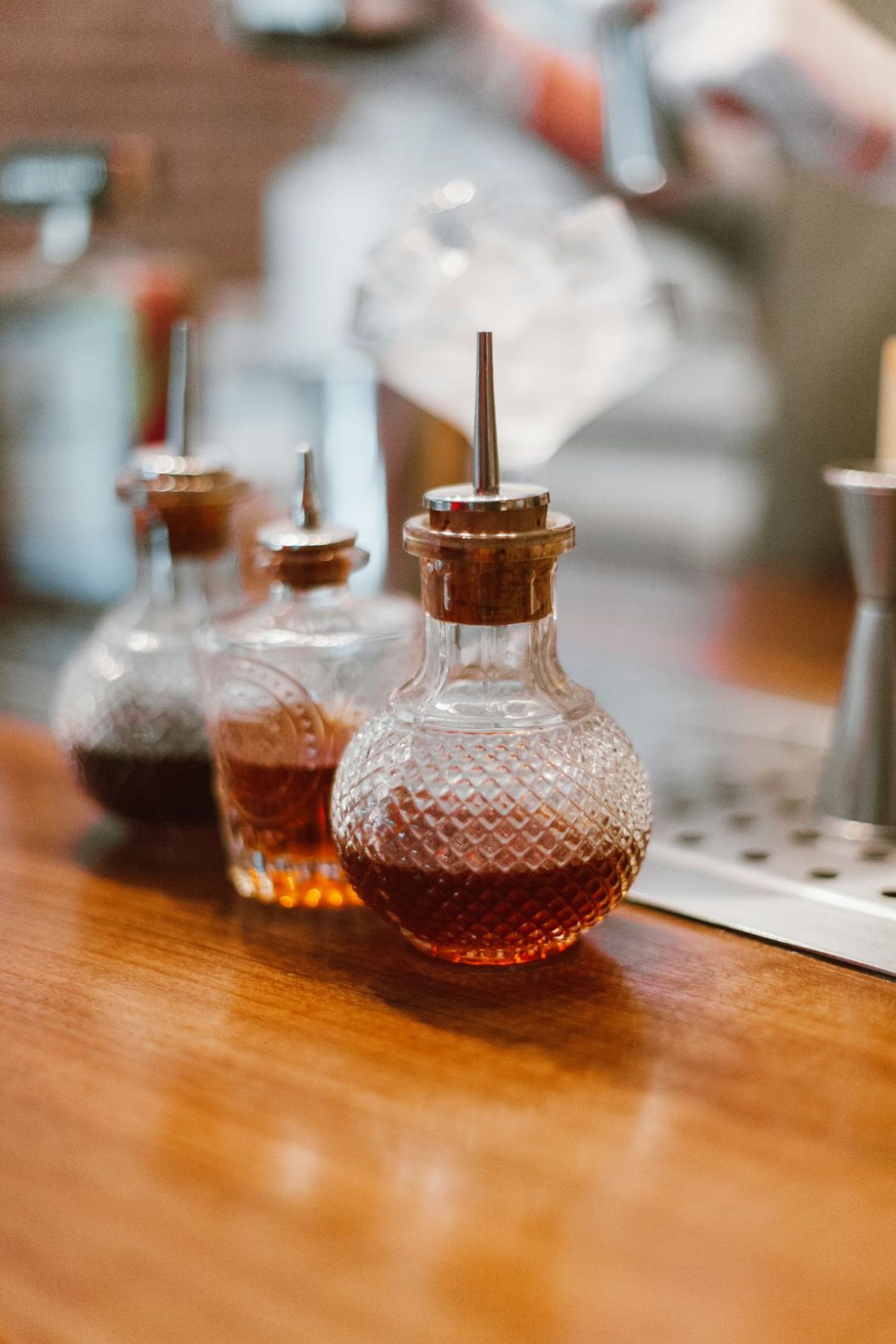
But this is a non-alcoholic drinks site, right? So why are we talking about bitters? Bitters are, in fact, alcoholic preparations infused with botanicals such as herbs, bark, roots, and fruits.
They typically have a high alcohol content. But because they are used in very small quantities, primarily as flavoring agents in cocktails and sometimes in cooking, they actually add very little alcohol to a drink.
Despite their alcohol content, they are not generally consumed in large enough amounts to have an intoxicating effect. Therefore, you can use bitters in a mocktail and call it low-proof, if not completely zero-proof.
Can you make non alcoholic bitters?

The good news is that yes, you can make non-alcoholic bitters! While traditional bitters are made with a high-proof alcohol base, non-alcoholic versions use a substitute such as glycerin or vinegar to extract the flavors from the botanical ingredients.
These alternatives can provide a similar bitter and complex flavor profile without the alcohol content. When making non-alcoholic bitters, it’s important to let the mixture steep long enough to allow the flavors to fully develop, just as you would with traditional bitters.
Buying non-alcoholic bitters
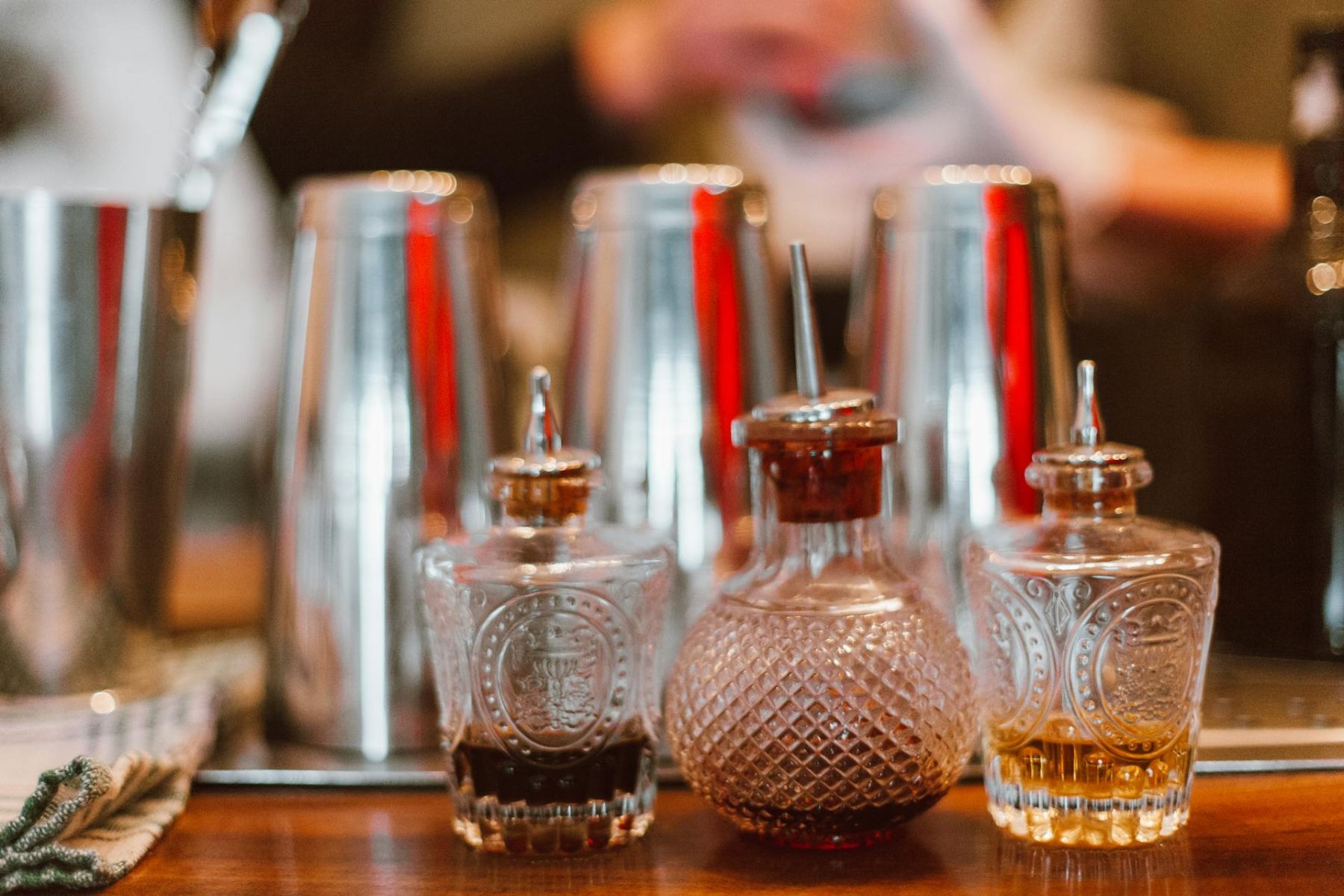
Newer to the market, non-alcoholic bitters do exist. California-based All the Bitter produces an array of zero-proof bitters made with vegetable glycerin and apple cider vinegar instead of alcohol.
Another option for premium, curated non-alcoholic beverages, including bitters, is The Zero Proof. This retailer provides a variety of options for those looking to enjoy the complexity of bitters without the alcohol.
Mocktails using bitters
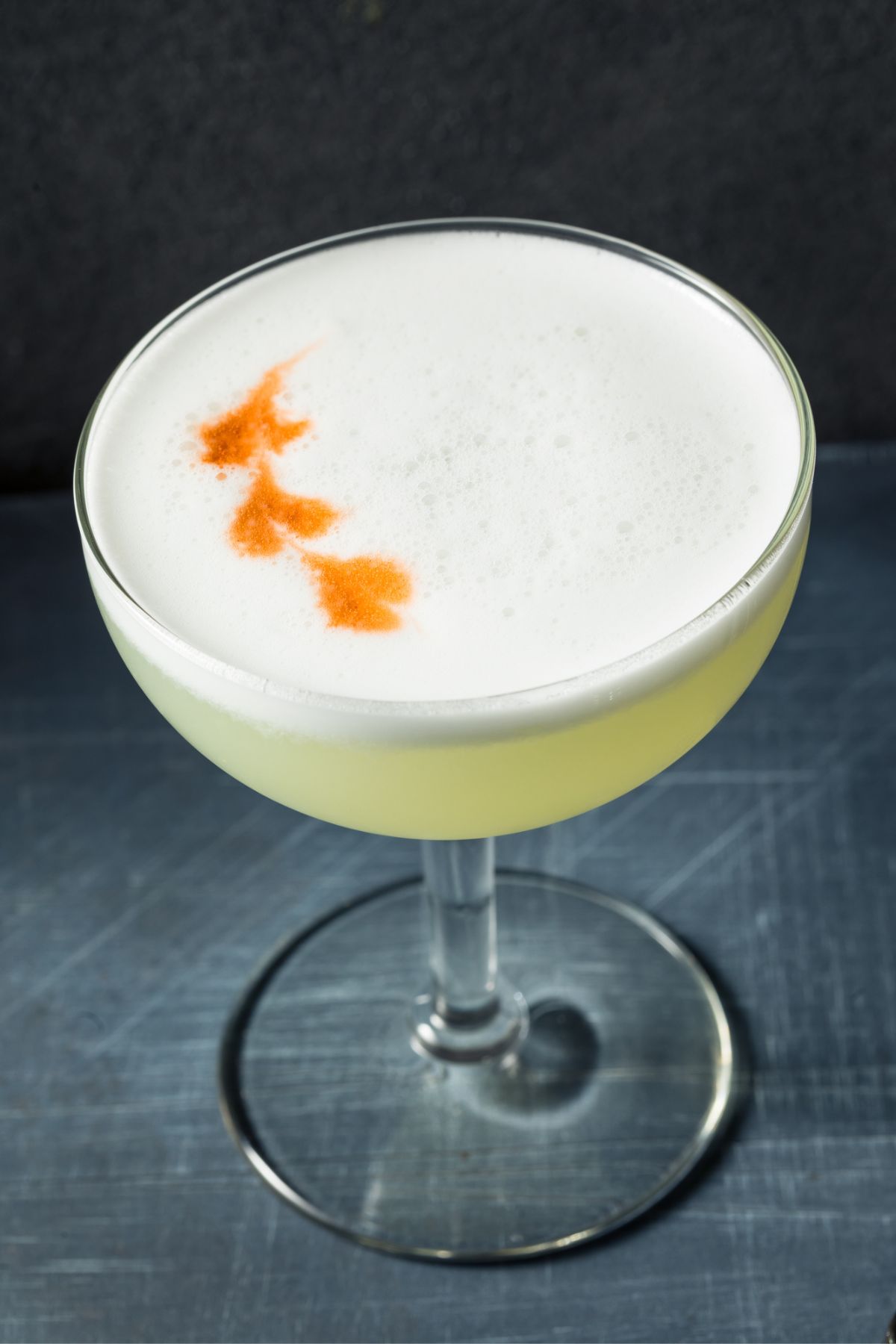
Bitters are commonly used in spirit-forward cocktails like the old-fashioned, Manhattan and sazerac. But bitters don’t stop there: you can add a dash to a non-alcoholic margarita or a glass of wine.
Bitters can also be used in low-alcohol drinks, too. Try adding them to coffee, tea or seltzer. The latter is referred to as bitters and soda.
History of bitters
Bitters date back to ancient Egypt, when wine was often infused with herbs. Distilled alcohol was also popular in the Middle Ages.
Similar tinctures boomed in the mid-1800s, when they were used for medicinal purposes to treat everything from stomachaches to malaria.
The earliest known cocktail recipe using bitters dates back to 1806. According to Smithsonian Magazine, an agriculture periodical from Philadelphia called Farmer’s Cabinet, wrote a recipe for what would be considered a cocktail today, calling for four ingredients: “a stimulating liquor, composed of spirits of any kind, sugar, water and bitters.”
How to use bitters
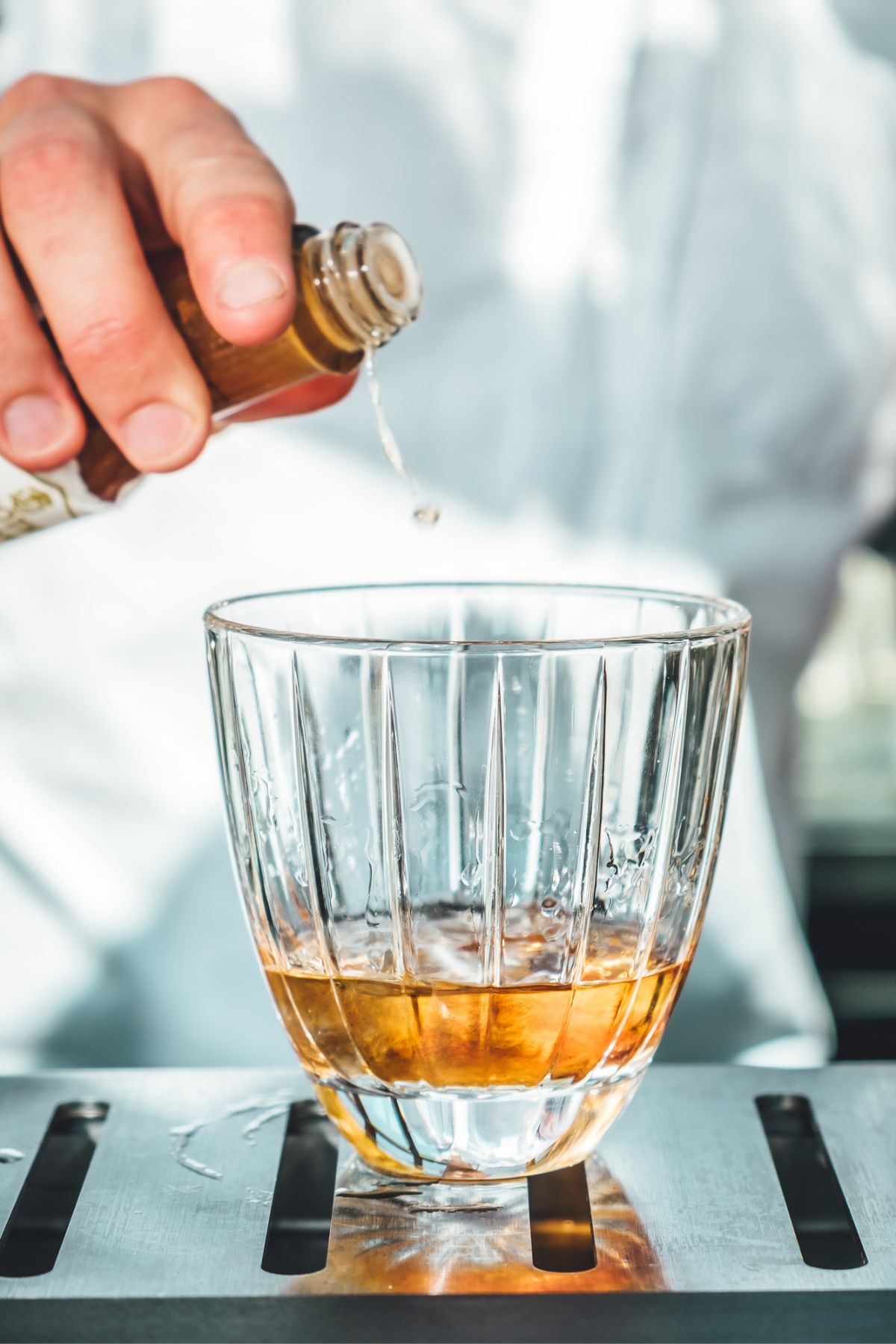
Mocktail recipes call for dashes, not drops, of bitters. A dash of bitters is typically six to eight drops or about an eighth of a teaspoon.
Some bottles come with a plastic dasher, a plastic stopper with a small hole, while others come with an eyedropper or a spray nozzle.
Plastic dasher: This is the most common way to distribute bitters and many bitters bottles come in this style. When tipped upside down, only a few drops are released at a time. This is considered a dash of bitters.
Eyedropper: A dropper lets you control how many drops of bitters you want to use. You can simply add a single drop or fill the entire dropper to add a dash.
Spray nozzle or cocktail atomizer: The least common method allows you to spray the bitters as a light mist as opposed to heavier, concentrated drops. Intended as a fragrance to enhance the drinking experience through the nose, bitters sprays are more common at upscale bars with creative menus, though you can certainly play with this method at home.
Flavors of bitters

Aromatic bitters are common in many cocktail and some mocktail recipes, but there’s a wide range of other bitters flavors available that can change the taste of your drinks.
When picking bitters, choose flavors that match your drink. Fruit bitters like orange or cherry are good starting points, and you can add spices and herbs from there.
Seasonal choices can also guide your selection: use warm spices such as cinnamon and clove for winter cocktails, and citrus bitters for summer ones. Before adding bitters to a mocktail, smell your drink to help decide which bitters might pair well, as bitters are usually added at the end.
These common, beginner flavors will go with many recipes:
- aromatic
- orange
- lemon
- cherry
- ginger
- cinnamon/cassia
- chocolate
Flavors of bitters can get pretty inventive. Sometimes a bottle has a single flavor, other times a combination of several. If you’re ready to upgrade your bitters collection, try one of these:
- peach
- grapefruit
- coffee
- fig
- cardamom
- jalapeño or habanero
- sassafras
- pecan
- lemon pepper
- tiki
- mole
Top Tips
- Bitters are usually added last. Smell the drink, then decide which type of bitters to add.
- Start with a few drops, then smell or taste the mocktail. Add more as needed.
- Store bitters in a cool, dry place away from sunlight. They last, on average, about five years.
- Have fun with bitters and build a collection of flavors you love and that inspire you.
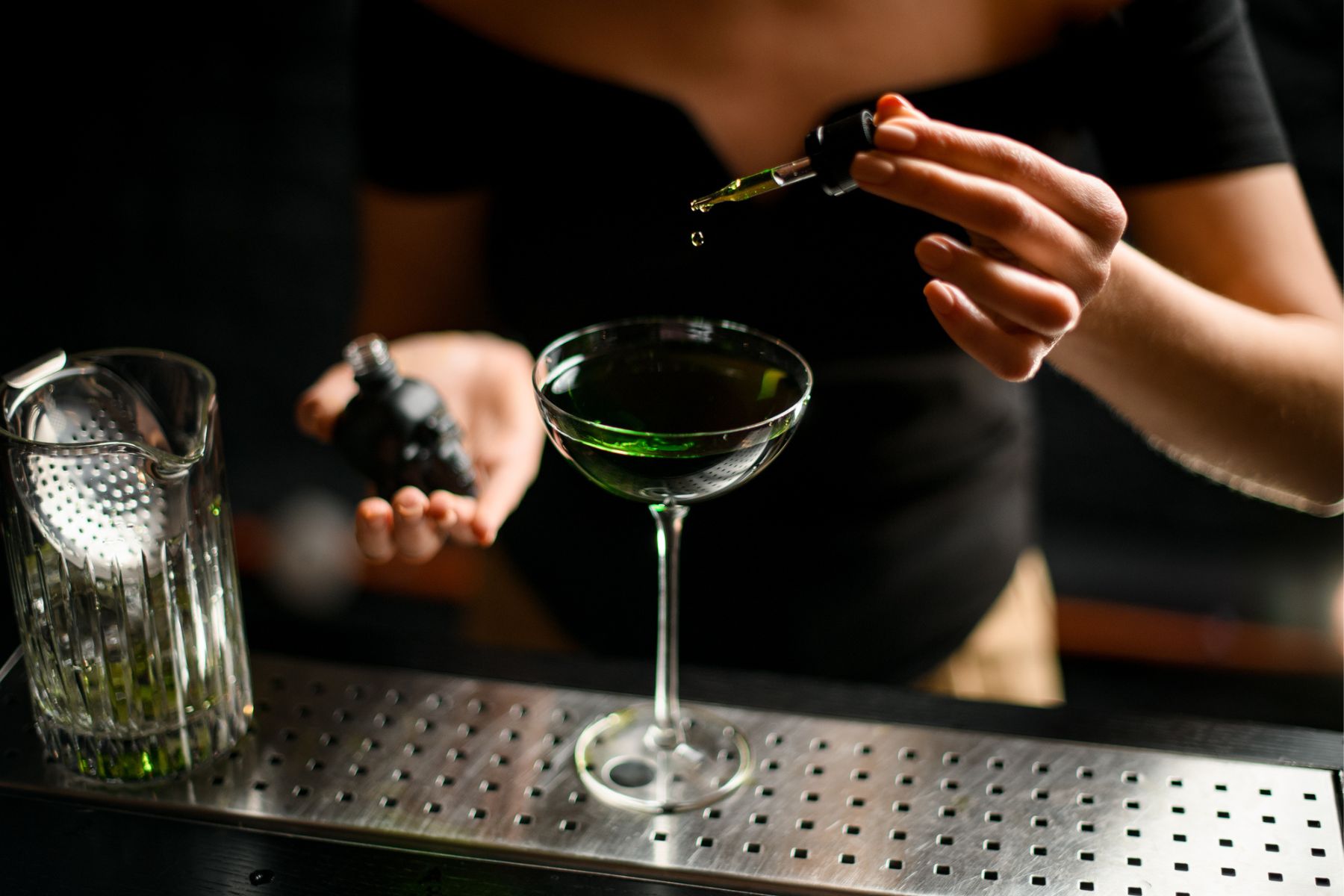
Based in Charlotte, N.C., Susannah Brinkley Henry is the cocktail content creator behind the blog Feast + West. Her work has been featured in Southern Living, Oprah Daily, Buzzfeed, and more. In 2019, her website was a finalist in the Saveur Blog Awards for Best Entertaining Blog. As a professional graphic designer, photographer, writer, and recipe developer, Susannah helps home bartenders and drink enthusiasts level up their cocktail skills.
This article is adapted from one that originally appeared on Feast + West.
Tami says
Fantastic information on bitters, I’m pinning this so I can always find this to refer to when needed!
kseniaprints says
I use it as a reference too!
Courtney says
Thank you! I’ve contemplated buying bitters a few times, but wasn’t sure how to actually use them.
kseniaprints says
Hope this gives you a good start!
Dawn says
I have never used bitters in anything other than a lemon, lime and bitters. Will have to start experimenting some more now, I love the flavor they add.
kseniaprints says
Experimenting is the name of the game here!
Sherry Ronning says
What an informative post about using bitters in mocktails. I used some bitters in my winter mocktail last night and it tasted amazing!!
kseniaprints says
So glad you liked it!